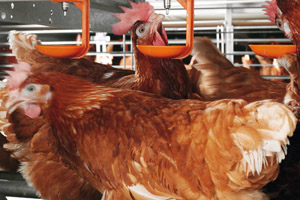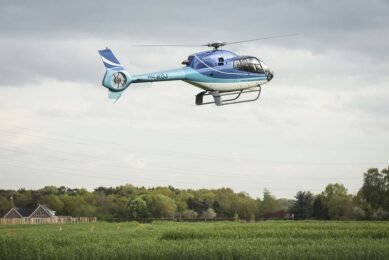Status of confined housing for hens in the US

The market for egg installations in the US is influenced by flock welfare. The US egg-production industry is anxiously awaiting passage of federal legislation which will establish standards for housing.
This anticipation arises from a July 2011 agreement between the United Egg Producers representing farmers and the Humane Society of the United States, the leading opponent of conventional cages. Codification of the terms of the agreement into law will allow a gradual transition from conventional cages to enriched modules by 2029.
The position in California is somewhat more opaque since the passage of Proposition Number 2 in November 2008. This voter initiative mandated liberal and as yet undefined conditions for confinement of hens and other livestock. It is presumed that enriched modules will comply with the regulation but there is no certainty as to acceptability or design specifications.
Effectively conventional cages will be illegal after January 2015 but there has been no guidance from the courts in California as to what alternative other than non-confined housing will be acceptable. The situation is now subject to litigation although a number of farmers have elected to erect houses with enriched colony modules for evaluation and demonstration.
Because the period of transition to full adoption of enriched cages is prolonged, virtually all US cage manufacturers now offer an “enrichable” cage which can be operated at the current stocking density of 432 cm2 per hen for white-feathered flocks and allowing for progressively lower stocking density through to 2029. “Enrichable” cages can be modified to full enrichment by removal of partitions and installation of perches, nests and a scratch pad without structural alterations to the house or ventilation.
Aviary systems are gaining popularity in the US especially for added-value and certified- organic eggs. Accordingly all the major manufacturers offer aviary modules to house rearing and laying flocks. An important management consideration is that pullets that are to be transferred to aviaries must be reared in houses fitted with perches which can be raised or preferably a compatible growing system. This allows pullets to develop flight muscles, the ability to balance and will facilitate full colonization of an aviary system at the time of transfer.
Pullets reared on a level floor without perches are disinclined to use all but the lowest tier of an aviary system. This results in unacceptably high stocking density at floor level with consequential dehydration and starvation, floor-laying of eggs and saturation of litter in the scratch areas. This in turn results in folliculitis and feather loss as well as elevated mortality due to gangrenous dermatitis, clostridial enteritis and starve-outs.
Join 31,000+ subscribers
Subscribe to our newsletter to stay updated about all the need-to-know content in the poultry sector, three times a week. Beheer
Beheer








 WP Admin
WP Admin  Bewerk bericht
Bewerk bericht